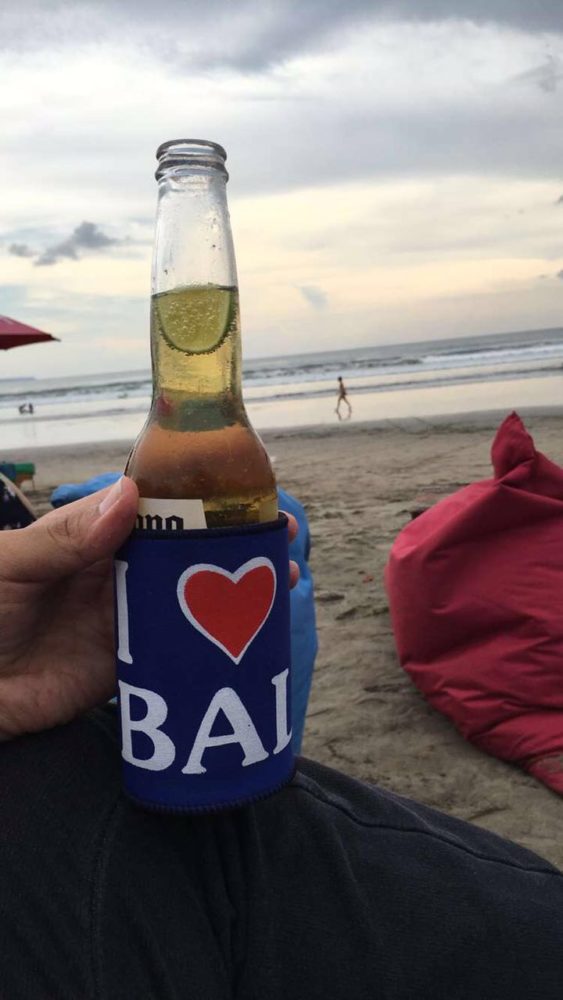A detail guide on IC cards in Japan
IC cards are reloadable cards designed for convenient fare payments on public transportation and seamless transactions at various vending machines, stores, and eateries. You can use these cards by simply tapping them on a reader for approximately one second. Since 2001, numerous train and bus operators throughout Japan have introduced their own IC cards.
In addition to physical IC cards, some digital versions are accessible for use on mobile phones. However, currently, international tourists can only avail this option if they possess an iPhone and a non-Visa credit card.
Validity
Ten major IC cards:
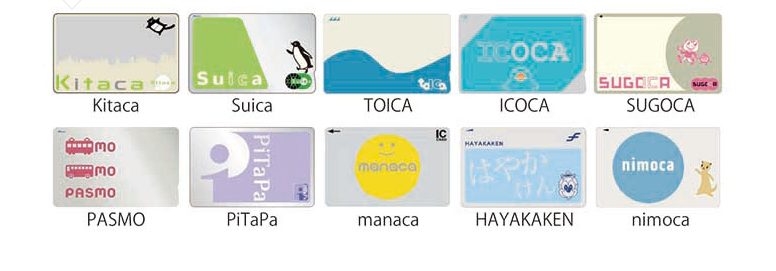
- Suica is a card which is already prepaid by JR East for JR trains in Tokyo, Niigata and Sendai region. There is a special version of Suica present known as welcome suica, which is available for all foreign visitors. This card is available in total of 4 weeks and you dont have to pay a deposit fee but there is no refund applicable.
- Pasmo is again a prepaid IC card which is used for trains in Tokyo, subway and bus operator other than JR. There is a special card in it which is Pasmo passport which is available for all foreign visitors. Same like Suica, you dont h meave to pay a deposit fee but no refund would be allowed and it is valid till 4 weeks.
- Icoca is a prepaid card by JR west for JR trains which includes Kansai, Osaka, Kyoto, Chugoku and Hokuriku regions. The special pass of Icoca is Kansai one pass which is exclusively for foreign tourists and it is also available for discounts mainly in the Kansai region.
- Pitapa is the card of Kansai region’s of subway and railway operators but not for JR operators. Pitapa is a postpaid card rather than prepaid and this is the card which is not readily available for foreign visitors.
- Toica is the prepaid IC card which is used for JR central for JR trains in the greater Nagoya area and some parts of Shizuoka prefecture.
- Manaca is the IC card for Nagoya trains, subway, bus operators other then JR and Kintetsu, also this is a prepaid card.
- Kitaca is the prepaid IC card by JR Hakkaido for Jr trains in the greater Sappora region. It can also be used on the subway and bus in Sappora.
- Sugoca functions as JR Kyushu’s prepaid IC card, providing seamless access to JR trains across the Greater Fukuoka, Kumamoto, Kagoshima, Oita, and Nagasaki regions in Japan.
- Nimoca serves as Nishitetsu’s prepaid IC card, enabling convenient access to Nishitetsu trains and buses within Greater Fukuoka, as well as select transportation services in other Kyushu cities and Hakodate.
- Hayakaken is the prepaid IC card of the Fukuoka region for Fukuoka subway.
What is covered and what is not?
The ten cards which we mentioned above are available for all the trains, buses and subways in most of the major cities in Japan, like Osaka, Kyoto, Nagoya, Tokyo, Fukuoka but it also has some limitations which are important to remember.
● Travel outside or between IC card areas
Traveling outside of the designated IC card coverage areas is not permitted. Both the starting and ending stations must fall within the IC card’s coverage region. Additionally, it’s important to note that using an IC card for journeys between separate IC card coverage areas is generally not allowed, except for specific instances such as when using Shinkansen trains, which are subject to different rules. As an example, you would not be able to use an IC card for travel between Tokyo and Sendai.
● Shinkansen
IC cards can be utilized on specific shinkansen lines, but they require specific preparations before they can be used. Presently, there exist three distinct systems for this purpose:
- Shinkansen (Tokaido/Sanyo/Kyushu Shinkansen)
IC cards can be employed on the Tokaido/Sanyo/Kyushu Shinkansen through the Tokaido Sanyo Kyushu Shinkansen Online Reservation Service. To make use of this service, individuals must first register one or more IC cards along with a credit card on the website or app (please note that the app is only available in select countries and is known as smart EX). Once registered, travelers can purchase shinkansen tickets online and then use their registered IC cards to pass through the shinkansen ticket gates. It’s important to note that fares are billed to the registered credit card rather than deducted from the balance on the IC cards.
- Eastern and Western Japan on Shinkansen
You can utilize standard IC cards on all shinkansen trains in the eastern and northern regions of Japan by obtaining e-tickets via JR East’s reservation website. The fare for these tickets is billed to the registered credit card, as opposed to being deducted from the balance on the IC cards.
- Shinkansen operated by JR East
Standard IC cards are accepted for travel on non-reserved seats on various Shinkansen lines, including Tohoku, Akita, Yamagata, Joetsu, and the Hokuriku Shinkansen (specifically between Tokyo and Joetsu-Myoko stations). This service, known as “Touch de Go,” necessitates a one-time setup process at a ticket machine before IC card usage. The fare for these journeys will be deducted from the balance on the IC card.
● Other trains requiring a supplement fee
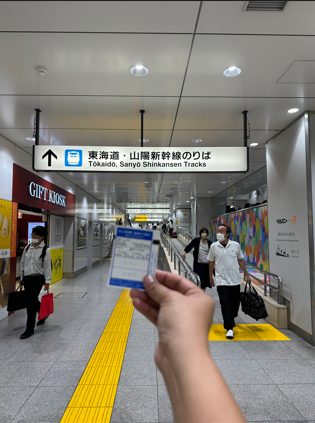
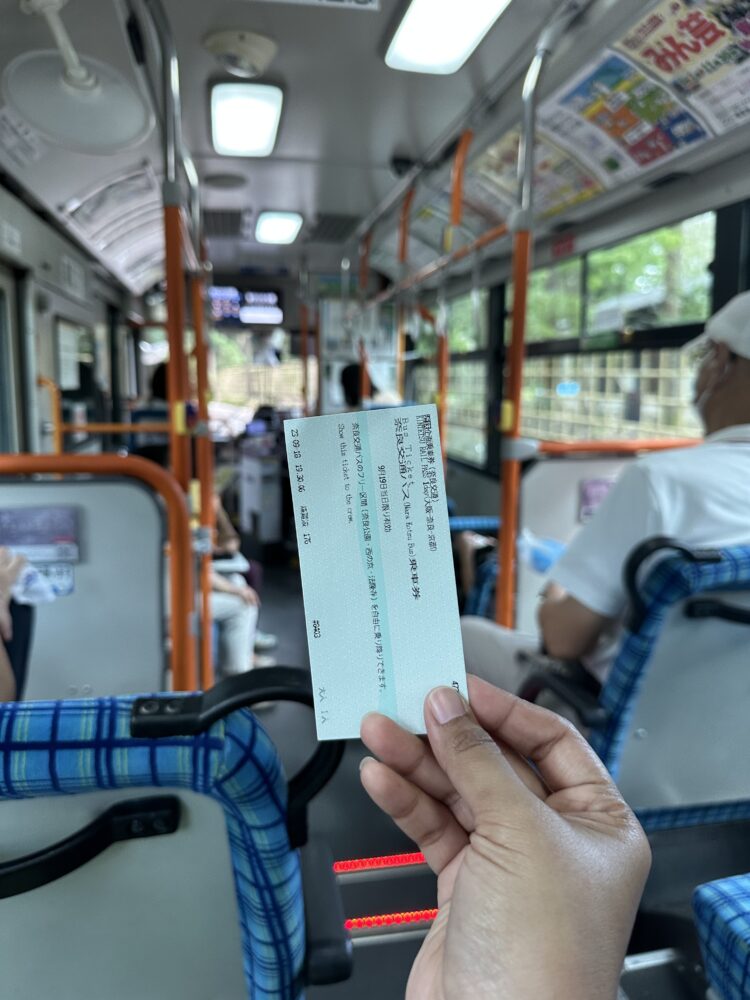
When riding in other trains which requires a supplement fee, like limited express, trains, travel can pay the base fare while entering the ticket gate via IC cards but later on you have to pay and get supplement ticket separately from the counter, offline or online.
● Highway buses
Many highway buses can not be included in IC card but most of them are there.
How to use IC cards
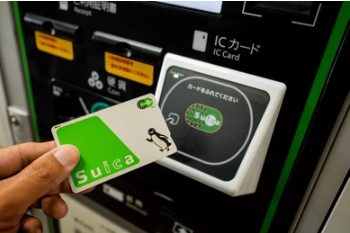
When using automatic ticket gates, simply tap your card on the card reader for approximately one second, as opposed to inserting it into the ticket slot. The appropriate fare will be automatically subtracted when you exit through the ticket gate at your destination station. For bus rides, you’ll find card readers positioned at either the entrance or exit of the bus. It’s important to note that a single card cannot be used by multiple passengers for the same journey; each traveler must have their own individual card.
Are there discounts on regular tickets?
IC cards typically do not offer any discounts compared to regular tickets. However, in Greater Tokyo, Niigata, and Sendai, there can be a slight difference in train fares depending on whether you use an IC card or a paper ticket. This variation arises because paper ticket fares are rounded to the nearest ten yen, whereas IC cards do not involve rounding. In the central Tokyo area, payment with an IC card is consistently more economical than using a paper ticket (by up to nine yen). However, outside of central Tokyo, either type of ticket can be up to five yen cheaper than the other.
Where to get an IC card?
IC cards can be obtained at ticket machines and ticket counters operated by the respective railway companies. The initial cost involves two components: a refundable deposit of 500 yen and an initial sum, usually around 1500 yen, which is loaded onto the card. For added convenience, Suica and Pasmo cards can be purchased in advance and delivered to you through Japan Experience, subject to an extra fee. Additionally, iPhone users have the option to add Suica, Pasmo, and Icoca cards to their Apple Pay accounts.
Digital versions of IC cards
Starting from iPhone 8 and later models, it is possible to configure them to function as Suica, Pasmo, and Icoca cards by adding these cards to your Apple Pay. However, it’s important to note that Visa cards issued from outside of Japan cannot be used to top up your card in this manner. For such transactions, you should opt for a different credit card instead.
On the other hand, Android phones can be used as IC cards using the “Mobile Suica,” “Mobile Pasmo,” and “Mobile Icoca” apps. It’s worth mentioning, though, that these apps are primarily designed for Japanese residents and can be challenging or even impossible for visitors in Japan to use. They typically require Osaifu Keitai compatibility, which is not a standard feature on most phones sold outside of Japan. Furthermore, these apps are available only in Japanese and necessitate a Japanese address and potentially a credit card issued within Japan.
Which IC card to get?
The IC cards essentially offer the same coverage, with their primary distinctions lying in where they can be obtained and refunded. Consequently, for most travelers, it makes sense to purchase the IC card that is readily available in the first city they visit. For example, opting for Suica or Pasmo in Tokyo or Icoca in Osaka is a practical choice. However, if you decide to load a digital card onto your mobile phone, you have the flexibility to choose between Suica, Pasmo, or Icoca, regardless of your location.
Recharge the IC cards
Here, you can add funds to IC cards at ticket machines and dedicated recharging kiosks strategically placed in various locations. Additionally, you have the option to top up these cards at stations operated by companies other than the one that issued them, such as the ability to recharge Suica cards in Osaka. Furthermore, numerous convenience stores offer the convenience of recharging IC cards at their cashier counters. It’s important to note that the maximum amount that can be loaded onto a card is 20,000 yen.
How to check current balance?
The present credit balance is displayed on a small screen when you pass through a ticket gate or complete a purchase at a store. Additionally, you have the option to check your balance and view your transaction history at ticket machines.
How to take back 500 Yen refundable deposit?
To retrieve your 500 yen deposit, simply visit the ticket counter of the company that issued your card. If you have unused credit, it can be refunded as well; however, it’s important to be aware that many companies deduct a 220 yen handling fee from the remaining balance. Keep in mind that IC cards can only be returned to the company that issued them, so you cannot return a Suica card in Osaka or an Icoca card in Tokyo.
Other Card types
In addition to standard cards, there are personalized options available, including cards that can be replaced if lost (subject to a handling fee), commuter cards that double as commuter passes, and cards specifically designed for children.



